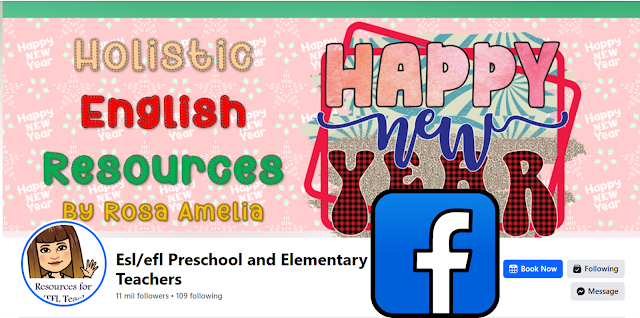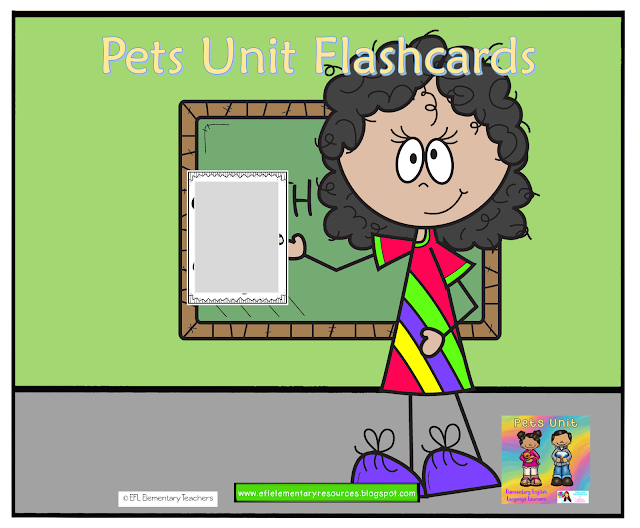Flashcards
1. Place the people and weather Flashcards on the board. Talk about what people wear in different kinds of weather.
Students identify the clothing for different kinds of weather using the flashcards. Practice the adjectives of temperature: hot and cold.
Have the children guess the weather in the simple present tense. I wrote the numbers from
11 to 20 to practice them.
Teacher:
What is the weather like in Number 15?
Students:
It´s cold and snowy.
Teacher:
Is it snowy in number 18?
Students:
No, it isn´t. It´s sunny and hot.
Flashcards
2. Place the
weather flashcards on the board (rainy, sunny, windy, snowy).
Place the frog´s clothes
on a desk.
Call on individual students
to come and pick a piece of clothing, show it to the class, say the word and
place it where it belongs according to the weather.
Student:
raincoat! Rainy!
Flashcards
3. Weather and adjectives. Divide the board in two and write the
words hot and cold. Place the sun flashcard on the hot side and a snowflake
flashcards on the cold side. Have the students sort the frog´s clothes.
Then,
dress up your frog for the hot or the cold weather.
Flashcards
4. Weather
and seasons.
Show the students
several flashcards and ask questions.
Teacher:
Which season is it ?
Students:
It´s winter.
Teacher:
Yes! But, why? What is he wearing?
Students:
He is wearing a hat a coat, pants, and boots.
Give the students the
flashcards and have them sort the people according to the season.
Teacher:
How is the weather in the Spring?
Students:
It´s rainy.
Have the students
sort the flashcards according to the weather.
Teacher:
What´s the weather like ?
Students:
It´s cold.
Teacher:
What is the boy wearing?
Students:
He is wearing a hat, a jacket, mittens,pants and boots.
Have the students say
what they wear for each weather.
Students:
I wear a raincoat and boots on a rainy day.
Activity
1,Weather and Clothes Worksheets. After
this practice, hand in the frog template to each student.
Have them color their
frog by using only the 11 colors that we use in the class (and for the Bingo
later) but only in one color each piece and dress the frog according to a specific
weather.
Place the Weather
flashcards (from the previous blog post) around the room. Students listen to
the weather that you mention and walk with their frog and stand next to the
flashcard.
Teacher:
Winter frogs come here!
Then count together
how many students are at each flashcard and have them say which weather has the
most students.
Activity
2. Play frog Bingo! Since all the
students have their frogs ready. Play Bingo. Print and cut all the Bingo cards and place
them in a bag or box and start calling out all the clothes:
Teacher: a red shirt!
Activity
3. Fashion Catalog. Since it
is a favorite in my store I added it including more summer and winter clothes. Just print a page per student and
have them look for clothes in magazines to cut and paste as in a catalog.
Divide the whole class into 4 groups so one group will do the Winter Catalog,
another the Summer one and then assign Fall and Spring. I´d love to
see pictures of this if you do it.
Activity
4. Write the clothes words. Have the students write the clothes that are worn in each
weather. You can hang them up in class.

































.png)
.png)
.png)
.png)

.png)
.png)






















